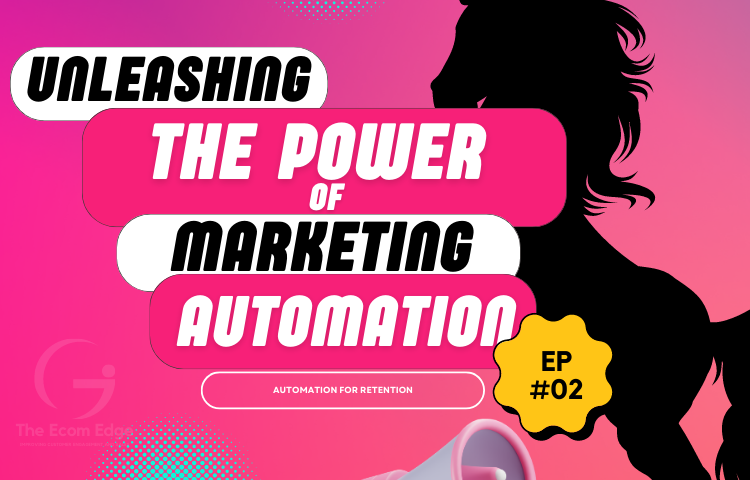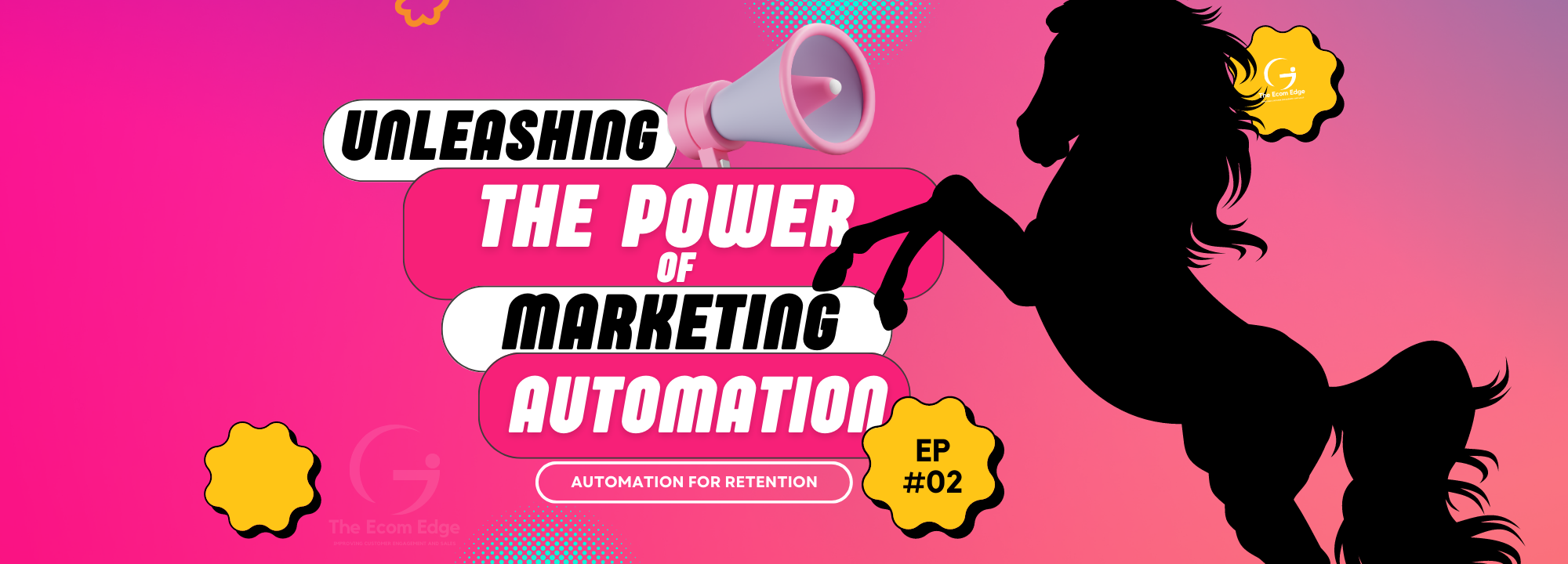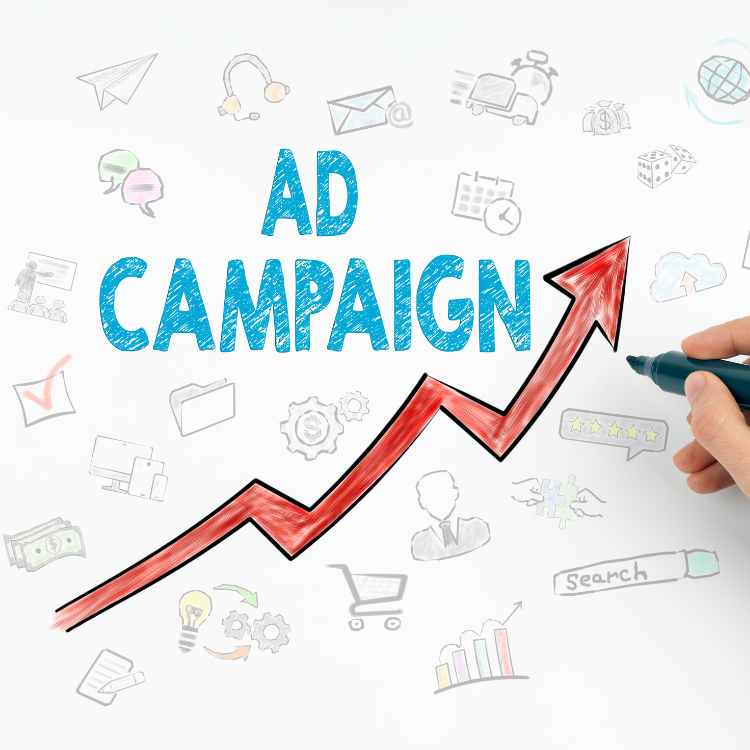In our previous article, we explored the concept of Customer Lifetime Value and how it can help businesses better understand and serve their customers. In this article, we’ll focus on the power of marketing automation for customer retention. By automating marketing efforts, businesses can save time and resources and deliver more personalized and compelling customer experiences, ultimately leading to higher retention rates and increased revenue. In this article, we’ll dive into the benefits of marketing automation for customer retention and provide best practices to help businesses succeed in this area.
As competition in the e-commerce industry continues to grow and evolves, companies need to find new ways to keep their customers engaged and coming back. One of the most impactful ways to achieve this is through marketing automation.
Nowadays, marketing automation has become an extremely important tool for businesses looking to improve customer engagement and drive sales in the digital age. By automating repetitive and time-consuming tasks such as email campaigns, social media posts, and targeted advertising, companies can free up valuable time and resources to focus on more strategic initiatives.
As a whole, marketing automation refers to the use of technology to streamline and automate marketing tasks and processes. One of the main benefits of marketing automation is improved customer retention.
By automating the customer engagement and personalization process, companies can better both understand and retain their customers. Regarding customer retention, marketing automation can help companies send targeted and personalized messages to customers at the right time and place with the right product or service. This not only improves the customer experience but also encourages repeat purchases and increases the chances of customer loyalty.
To get the most out of marketing automation for customer retention, it’s important to follow best practices. This includes segmenting your customer base, understanding their behaviour and preferences, and delivering personalized experiences that meet their needs. It’s also important to regularly monitor and adjust your marketing automation efforts to ensure they are as effective as possible.
Here are some best practices for using marketing automation to improve customer retention:
- Segment your customer database: One of the main benefits of marketing automation is the ability to segment your customer database based on specific characteristics. This allows you to create targeted campaigns and messages that are more likely to resonate with each customer.
- Personalize your messages: Personalization is the key to customer retention. Use marketing automation to send personalized emails, push notifications, and SMS messages tailored to each customer’s needs and interests.
- Re-engage inactive customers: Marketing automation can help you identify customers who have become inactive and re-engage them with targeted campaigns. This can be as simple as sending a personalized email or SMS reminding them of the benefits of your products or services.
- Set up a loyalty program: Loyalty programs are a great way to encourage customers to stay loyal to your brand. Marketing automation can help you manage and promote your loyalty program, making it easy for customers to participate and track their rewards.
- Measure and analyze your results: Finally, measuring and analyzing the results of your customer loyalty campaigns is crucial. Use marketing automation to track key metrics such as open rates, click-through rates, and customer lifetime value. This will help you refine your strategy over time and continue to improve customer retention.
Some types of campaigns that can improve user experience and increase sales and retention:
- Onboarding Campaigns: Firing a series of emails based on user activity (order placed or not).
- Browse abandonment: sending an email with an incentive when a user browses your products and leave without placing any item in his cart.
- Cart abandonment: Usually, delivering three emails (with one text message) to the user – the second and third must include an incentive. Example discount code, free shipping, gift, etc.)
- Post-purchase campaigns: These could be a how-to about the usage of the product, a discount code for the next purchase, reviews, etc.
- Re-engagement campaigns: For customers who have had no activity for a few months (usually 6-12 months).
- Reactivation Campaigns: Also called “Dormant or Lapsed Campaigns” for users with no activity after a long time (usually 12 to 18 months).
- Birthday campaign: If your customer provides you with their birthday (or at least a birth month), you can trigger an email with a special offer or a gift a few days before that date.
In conclusion, marketing automation can be a powerful tool for improving customer retention and driving long-term business growth. By implementing these best practices, automating the customer engagement and personalization process, and leveraging the power of technology and data, you can build a more engaged and loyal customer base and thus increase your bottom line.





